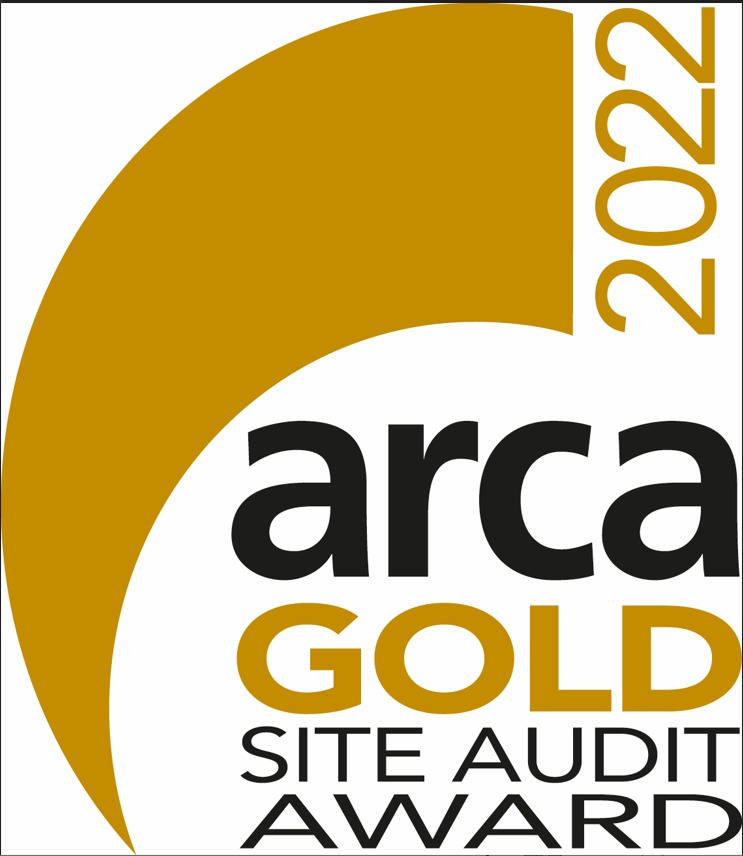Buying a House with asbestos can sound like your worst nightmare, but the reality is that millions of homes across the UK contain asbestos; and the occupants often don’t even realise.
Asbestos was used for decades – from the 50s until the 80s – in a number of areas of home building. The reason? Asbestos was actually an excellent product for insulating and fire protection. It was cheap, light and strong. Sadly however, it wasn’t realised until later on that the fibres contained in asbestos minerals can cause lung diseases and cancers if inhaled.
The shadow of asbestos continues to frighten, but the reality is that most forms of asbestos are safe if in good condition and left alone.
Should I avoid buying a house with asbestos in it?
In short, no. At least not in the vast majority of cases.
In most cases, asbestos materials such as cement containing the asbestos mineral chrysotile (called non-notifiable) can be left in place if in good condition and not broken or at risk of being broken. Most asbestos cement products can be removed safely without a prohibitive cost but you may wish to use the removal of asbestos from the property as a bargaining tool when negotiating the price of a property. After all, removal and disposal of any type of asbestos-containing material has a cost attached to it.
You should be aware that there are some forms of asbestos which can be expensive and complicated to remove. Products containing the mineral amosite, such as asbestos insulating board, must be removed by a licensed contractor. As a result, there can be a high cost associated with removal due to the requiring specially trained people, using specialist equipment, to carry out the procedure. This is known as notifiable asbestos removal.
Where can I expect to find asbestos in a house?
Asbestos was used in houses in a number of places. Some examples include:
- Decorative textured wall and ceiling coverings – it was once fashionable to use a product called Artex to create decorative or stippled designs on interior walls and ceilings. Artex was also used to cover over damaged walls.
- Water tanks – asbestos cement water tanks we common in homes with cold-fill central heating systems and are usually located in the loft/attic.
- Heating pipes and flues – usually easy to spot, asbestos flues were used to transfer heat away from boiler systems and also used for warm air heating systems.
- Soffits and guttering – was used throughout the 70s and 80s on the exterior of many houses.
- Garages and Shed Roofs – usually noticeable by a corrugated panel, but also used in a flat style on the sides of outbuildings and garages. May also containing AIB insulation.
- Heating Cupboards –
- Integral garages –
This is not an exhaustive list but it does point out the most likely places to find asbestos in a domestic property.
What next?
If you’ve received a homebuyers report which has noted the possibility of asbestos in a property you should consider doing the following:
- Arrange for a professional company to visit the property and take samples of the areas in question
- Consider having an homebuyers asbestos report carried out on the property if it’s unclear if and where asbestos is
- Once the presence of asbestos has been confirmed request a quotation to remove or encapsulate the asbestos
- Use the quotation and results to negotiate a better price for the house you are purchasing
- If in doubt, employ a professional asbestos contractor to carry out a thorough survey of the property.



